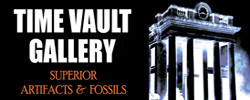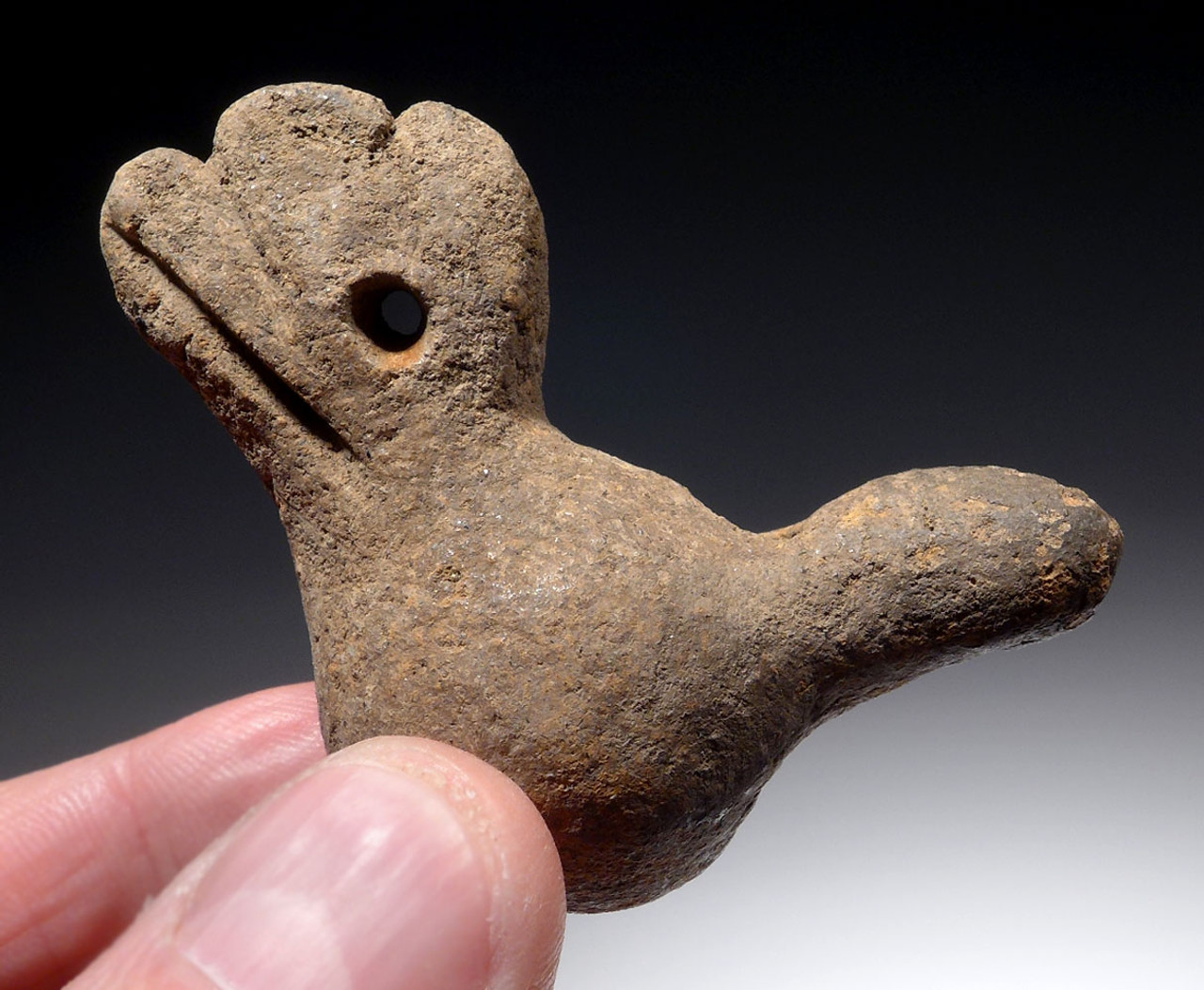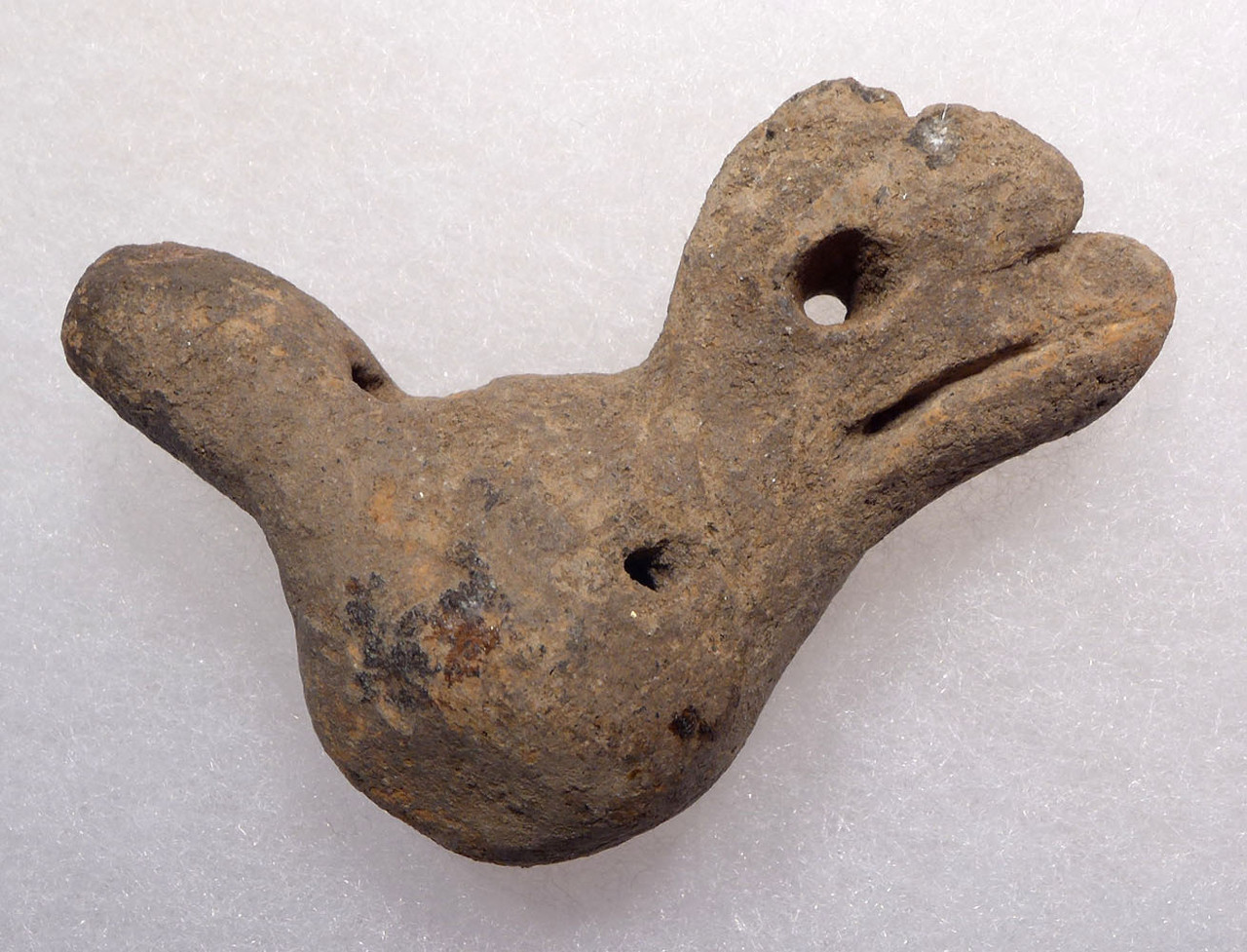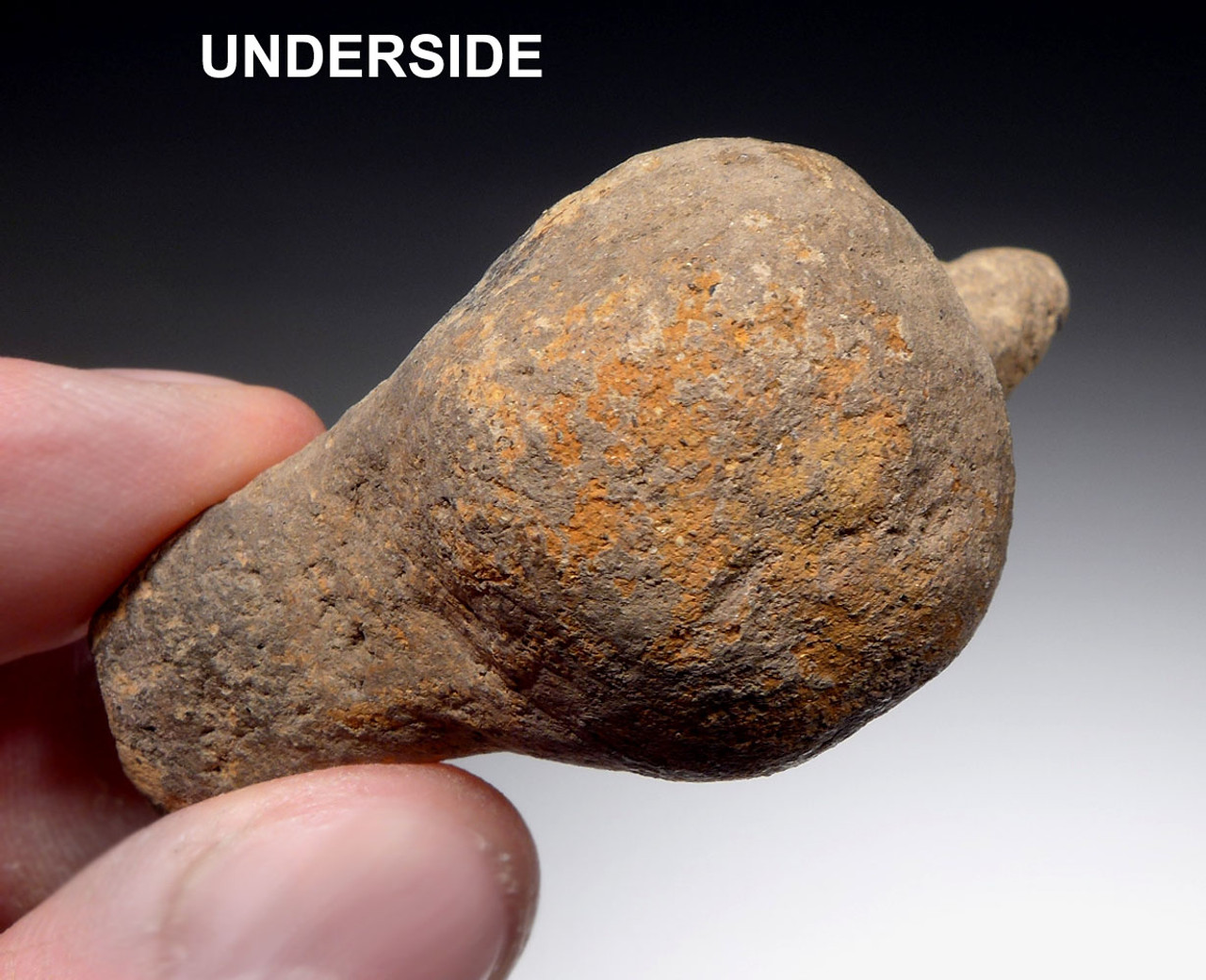Product Description
SEE MORE PRE-COLUMBIAN MAYAN ARTIFACTS
For discriminating collectors of rare Mayan ceremonial objects, we offer this spectacular Quetzal bird Mayan ceramic pottery whistle. Amazingly, it has survived intact and still plays perfectly as it once did, 2000 years ago. Unlike most whistles that are a single note, this whistle has a small hole on the right side of the shoulders, which when covered, alters the whistle tone to play a deeper tone. Interestingly, the real Quetzal bird has a two-tone call just like this whistle. A suspension hole for hanging whistle around the neck was incorporated to look like the eye and this whistle could be worn. Whistles were used in warfare to communicate and intimidate the enemy. They were also used in rituals and to communicate between one another. This superb specimen is perfect as it was when originally made. It plays both notes and has no damage, restoration or repair. With original mineral sediments still intact.
HISTORY
The Resplendent Quetzal was considered divine, associated with the "snake god", Quetzalcoatl, by Pre-Columbian Mesoamerican civilizations. Its iridescent green tail feathers, symbols for spring plant growth, were venerated by the ancient Aztecs and Maya, who viewed the quetzal as the "god of the air" and as a symbol of goodness and light. The Maya also viewed the quetzal symbolizing freedom and wealth, due to their view of quetzals dying in captivity and the value of their feathers, respectively. Mesoamerican rulers and some nobility of other ranks, wore headdresses made from quetzal feathers, symbolically connecting them to Quetzalcoatl. Since it was a crime to kill a quetzal, the bird was simply captured, its long tail feathers plucked, and was set free. In several Mesoamerican languages, the term for quetzal can also mean precious, sacred, or erected.
 US DOLLAR
US DOLLAR
 EURO
EURO
 AUSTRALIAN DOLLAR
AUSTRALIAN DOLLAR
 CANADIAN DOLLAR
CANADIAN DOLLAR
 POUND STERLING
POUND STERLING


















